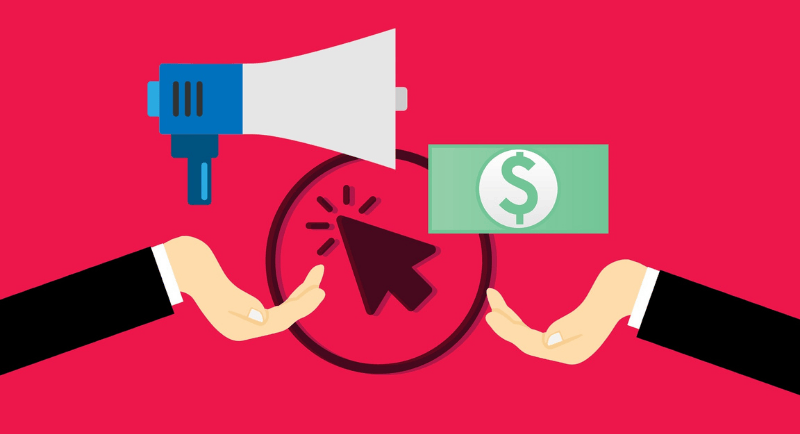By Shai Luft, Co-Founder and COO at Bench Media
Paid search has long been the bedrock of digital marketing – predictable, performance-driven, and easy to measure. But that foundation is beginning to crack. AI is rewriting how users engage with search engines, and marketers are feeling the squeeze: cost-per-clicks (CPCs) are rising, click-through rates (CTR) are falling, and some industries are being priced or regulated out altogether.
If paid search was your brand’s comfort zone, it’s time to get uncomfortable. The channel isn’t dead but it’s no longer a guaranteed growth engine.
In Australia, search advertising spend increased to $7.2 billion in 2024, up 10.1% year-on-year (IAB Australia), but the return on that spend is under increasing scrutiny. According to global benchmarks, Google Search CPCs rose by 17% year-on-year, while average CTRs dropped below 2%, and in some verticals, including finance, healthcare and retail, lower rates are evident.
This isn’t just inflation, it’s a structural shift. AI-generated answers on search results pages are taking up premium digital real estate, often above paid listings, and increasingly satisfying user intent without requiring a click. When your ad is buried or bypassed altogether, rising CPCs start to feel a lot like diminishing returns.
Google’s Search Generative Experience (SGE), still being tested in Australia, is designed to keep users on-platform longer, but what it does for user experience, it takes from advertisers. As AI takes the top of the page, paid results are pushed further down, sometimes below the fold, leading to lower visibility and weaker engagement.
Meanwhile, 65% of all search queries now end without a click, according to SimilarWeb. The traditional model – pay to play, convert on click – is becoming harder to justify when most users don’t leave the results page.
Beyond shrinking visibility, a growing number of industries are facing strict keyword restrictions, policy enforcement, and compliance requirements that make paid search even less accessible.
In healthcare, common keywords related to mental health, supplements, or cosmetic procedures are heavily restricted. Financial services face similar hurdles around credit, insurance, and investment terms, and crypto, gambling, alcohol and anything resembling adult categories, are regularly blocked or geo-fenced.
Even when campaigns are approved, advertisers face sudden disapprovals or limited ad delivery due to automated policy enforcement with appeals that can take weeks to resolve. In high-risk verticals, you’re not just paying more, you’re fighting platform policy at every turn.
Despite these challenges, many marketers still have upwards of 60-80% of their media budget tied up in search. This overreliance worked when search delivered cheap, high-intent traffic, but that era is fading.
Search is becoming a maintenance channel, still useful for branded queries and bottom-funnel activity, but no longer capable of carrying significant weight of an overall campaign.
The brands and marketers who will thrive are those willing to rebalance their media mix. That means shifting spend into upper and mid-funnel channels that build brand awareness, generate demand, and drive direct traffic including channels that have high growth and consumer impact such as Paid Social, Connected TV, Audio and Digital out-of-home (DOOH).
These formats don’t rely on a search click. They shape perception, spark interest, and build familiarity; the kind that drives organic and branded search long before a user hits the keyboard.
The playbook is changing, causing a defining moment for agencies and marketers alike. If you’re still selling paid search as the primary lever for performance, you’re selling a shrinking asset.
Now is the time for agencies to help clients diversify their budgets, evolve their attribution models, and measure success beyond just last-click conversions. Metrics such as branded search growth, direct traffic, share of voice in AI summaries, and cross-channel lift are becoming more relevant than ever.
The message is clear: clicks are crashing, costs are climbing and the AI-driven SERP is only getting more crowded. Paid search still has value, but only as part of a smarter, more diversified strategy, it’s time to make the structural shift.
Top image: Shai Luft

